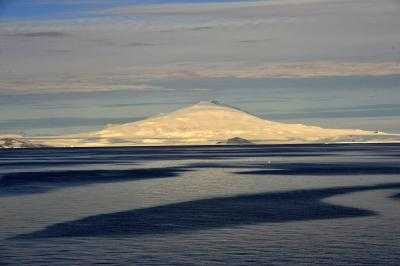There will be more “losers” than “winners” over the next century as the Antarctic seafloor warms, says a study of the marine invertebrates living in the seas around Antarctica.
The findings, published in the journal Nature Climate Change, showed that while some species in some areas would benefit, 79 per cent of the species native to the region would lose out.
“While a few species might thrive at least during the early decades of warming, the future for a whole range of invertebrates from starfish to corals is bleak, and there’s nowhere to swim to, nowhere to hide when you’re sitting on the bottom of the world’s coldest and most southerly ocean and it’s getting warmer by the decade,” said lead author Huw Griffiths from British Antarctic Survey (BAS), a component of the Natural Environment Research Council (NERC) in Britain.
The researchers examined the potential distribution of over 900 species of shelf-dwelling marine invertebrates under a warming scenario produced by computer models.
An average warming of 0.4 of a degree is predicted by 2099, and while this warming would not be enough to allow any species from other neighbouring continents to invade or colonise Antarctica, it would cause the unique local species to change their distribution, the study said.
More animals would lose suitable habitat than would gain it, with those animals especially adapted to the coldest water on Earth (for example in the Weddell and Ross Sea) losing out the most.
Areas of the West Antarctic Peninsula may become too warm for many native species, the study said.

